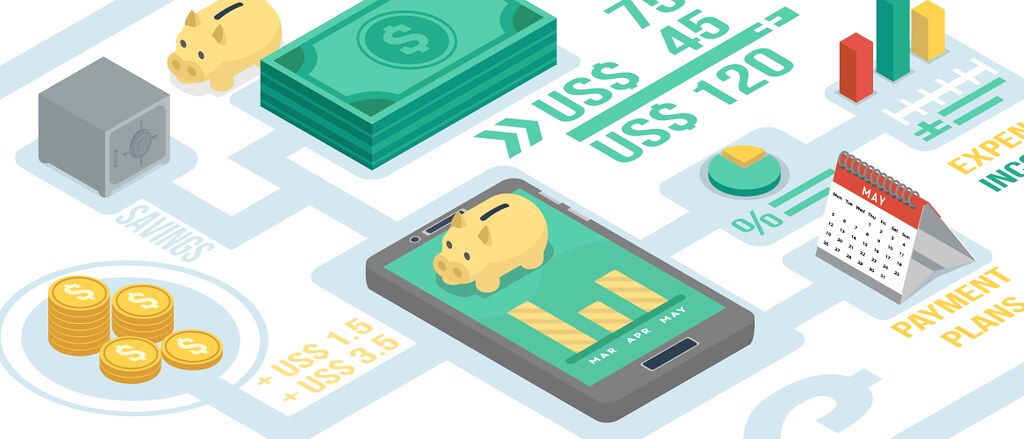September 19, 2019
The fintech industry is one of the biggest growing tech industries in the world with the advent of mobile banking applications, services like Google and Apple pay and digital banks such as Monzo or Starling Bank. The fintech industry is tackling problems such as security, banking access and financial education, what more can the fintech achieve by utilising AR and VR technology? In this blog we’ll explore some of the ways that the fintech industry can benefit from using augmented and virtual reality technology.

Data Visualisation
Data visualisation is the clear avenue in which both VR and AR can impact the fintech industry with companies already looking at using virtual and augmented reality to present large amounts of data. Financial companies collect and process mass sums of data which is hard to quantify and visualise. Using virtual reality technology to present data through visuals allows bankers, customers and other stakeholders to get a clearer idea of what the data is indicating and achieve a clearer picture. Using data visualisations also allows patterns to be visualised so that issues can be detected and in theory, resolve issues quicker.

Educational Tool
One of the biggest problems the FinTech industry is tackling is financial education. Most people, especially those of a younger age, have a huge lack of financial education on investing, pensions and other aspects of banking. The financial industry faces a massive problem in that younger people have no interest with financial subjects as most find interacting with their bank or their accounts, a chore. Using technology such as VR or AR can help younger people engage with their own financial education. Already millennials are engaging with AR and VR technology such as taking photos with snapchat AR filters and playing VR games and experiences. Using gamification techniques along with VR and AR technology, experiences can be created to educate young people about aspects of their financial future.

Virtual Trading
Traders have a very complex job and are in need a tool to present large sums of data to them immediately and clearly. Using an AR headset such as the Microsoft HoloLens can allow traders access to live information overlaying what they are seeing around them. Citigroup have developed a virtual trading desk using the Microsoft HoloLens which focuses on presenting the large sums of data that traders need to process in a clearer way and eliminate the need for additional screens.
Recruitment and Training
We’ve spoken in the past about using VR to train and recruit new employees, and the financial industry is no different. Whether they are employees in customer service, more administrative roles or even managerial roles, virtual reality can provide training that is engaging, realistic and effective. Rather than train employees in real life situations which could be potentially detrimental to the bank or its customers, employees can train in situations in 3D environments where employees must make choices and perform actions. Using VR and AR to educate allows for a more engaging and effective method of training in which knowledge is retained.

As the financial industry faces new challenges with no clear solutions, immersive and innovative technology such as augmented and virtual reality can provide these solutions. Whether that’s lack of financial education in young people or presenting data, VR and AR will be used more and more in the financial sector.
If you have an idea you want created, get in touch with us and we can bring it to life. Whether it’s a quick prototype, a full product or even just to brainstorm, our team will be here to help. From the beginnings of your prototype to the final product we can support you with professional advice and delivery.





